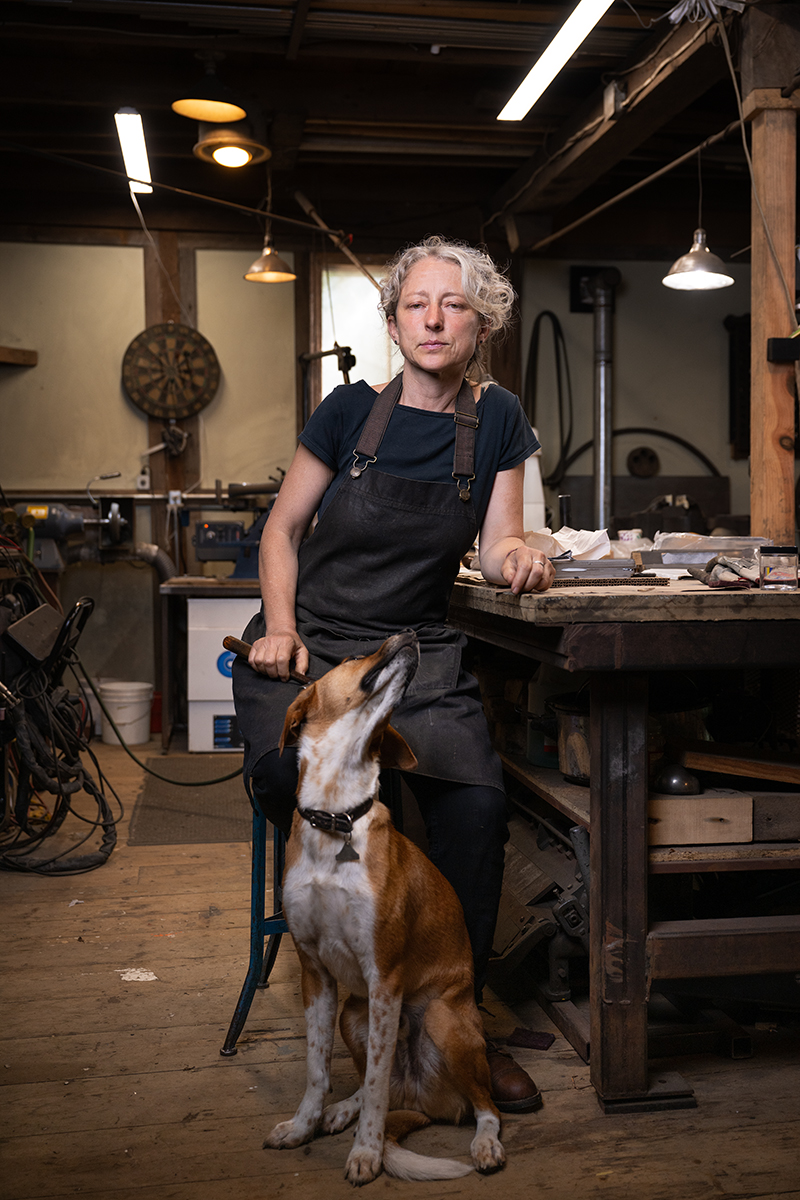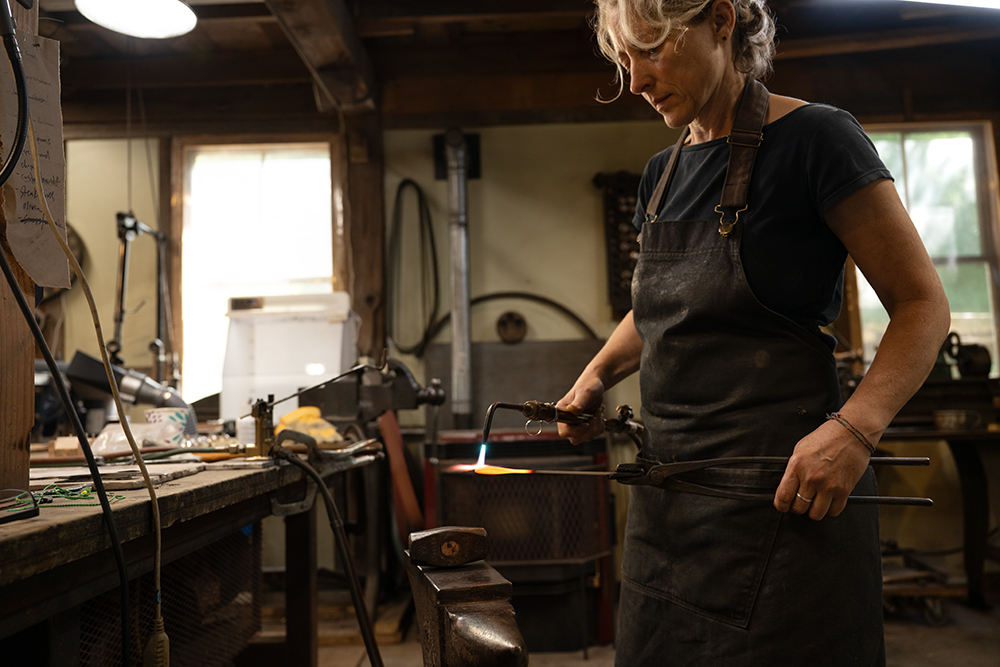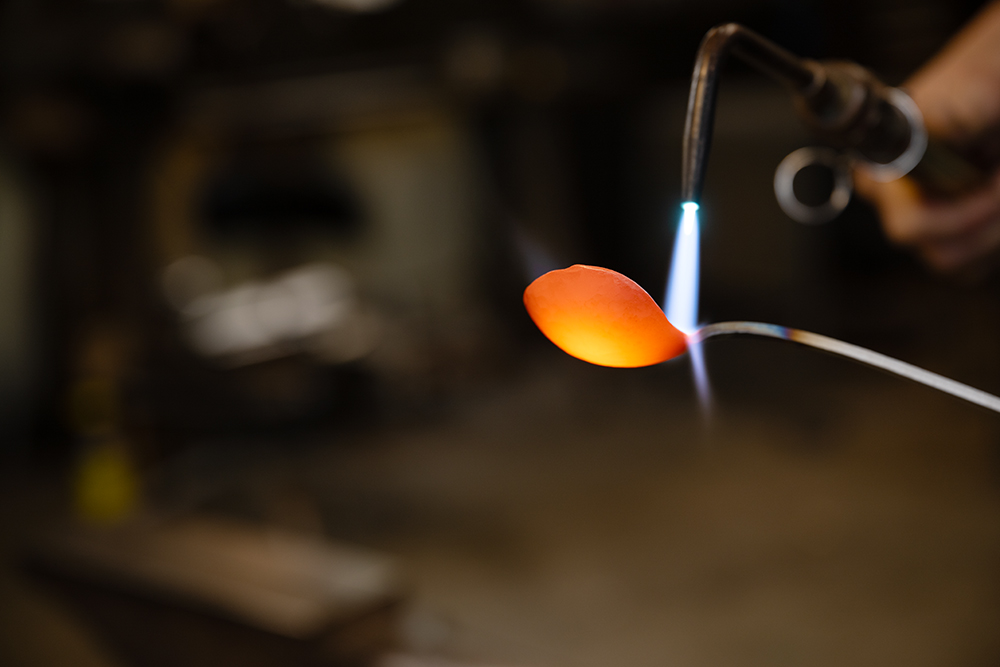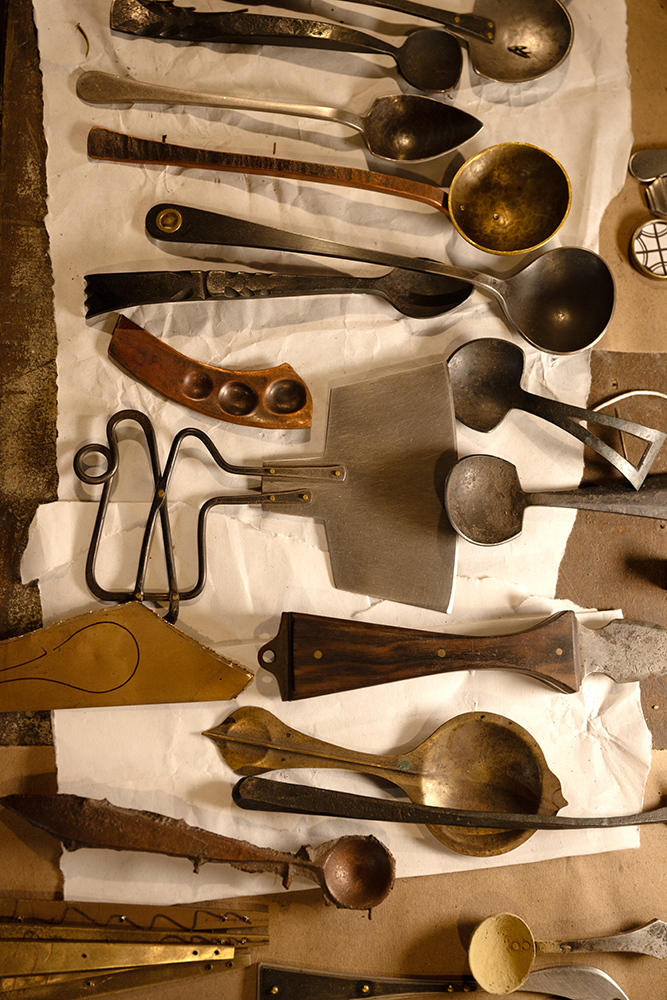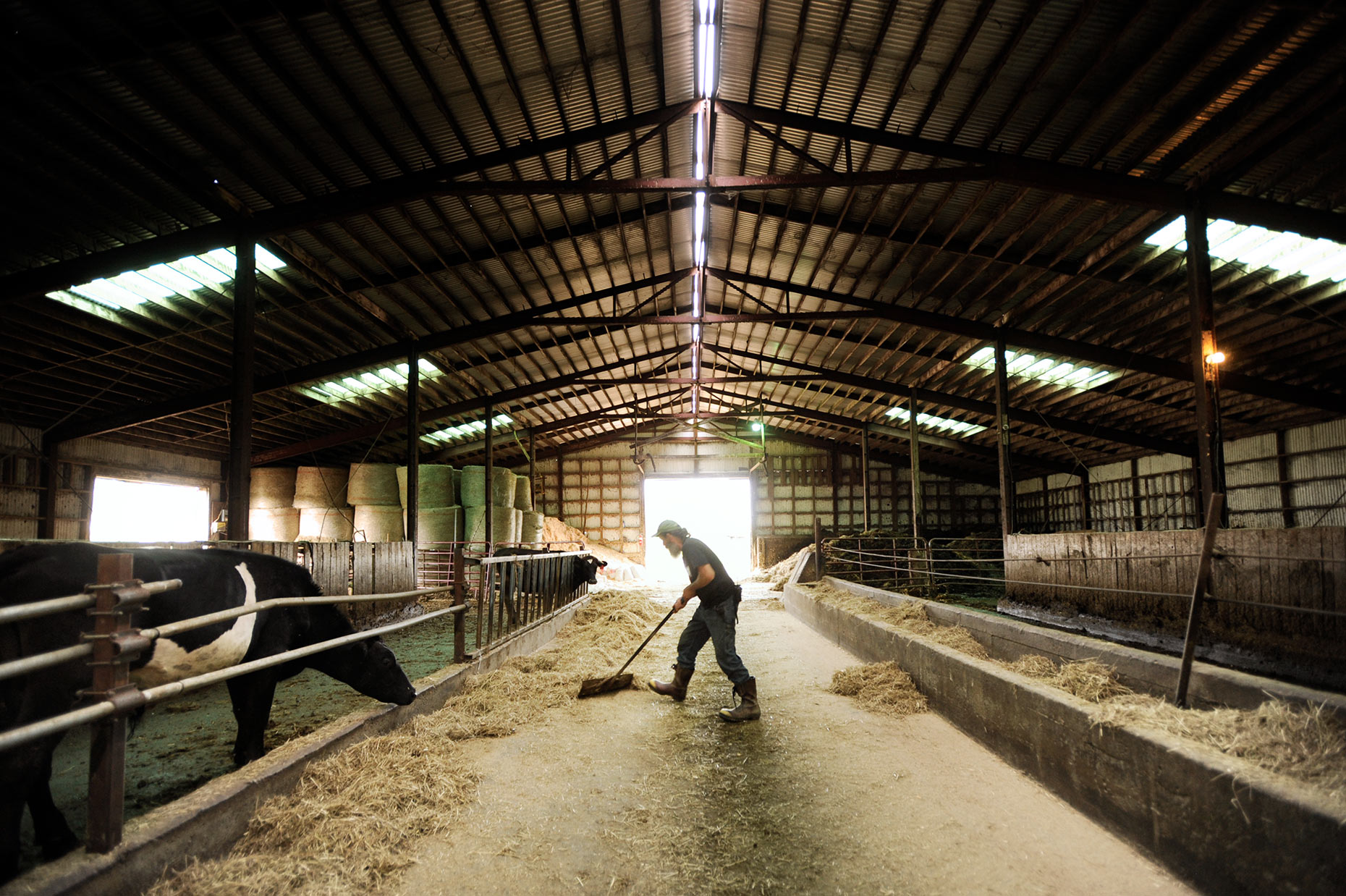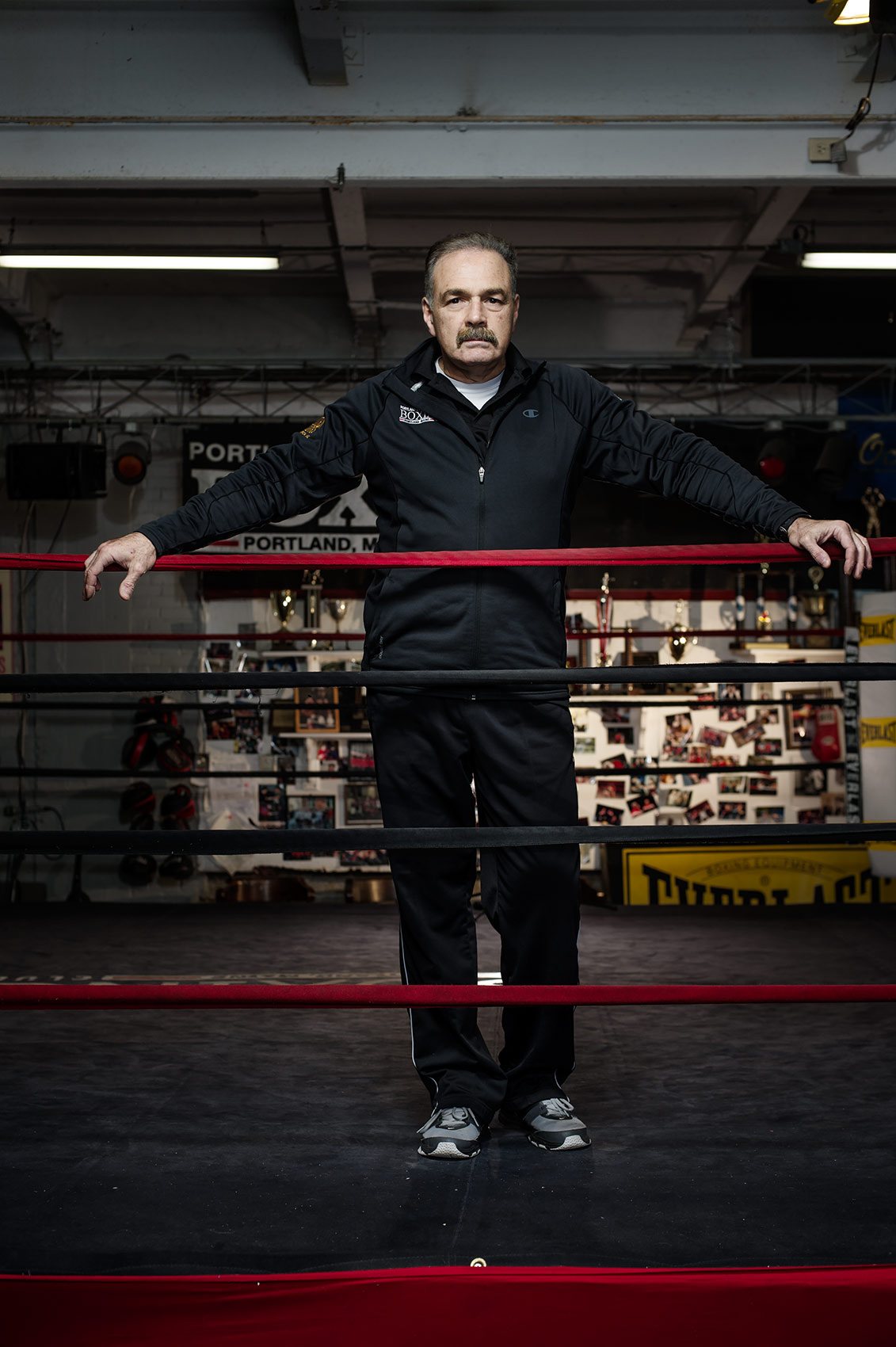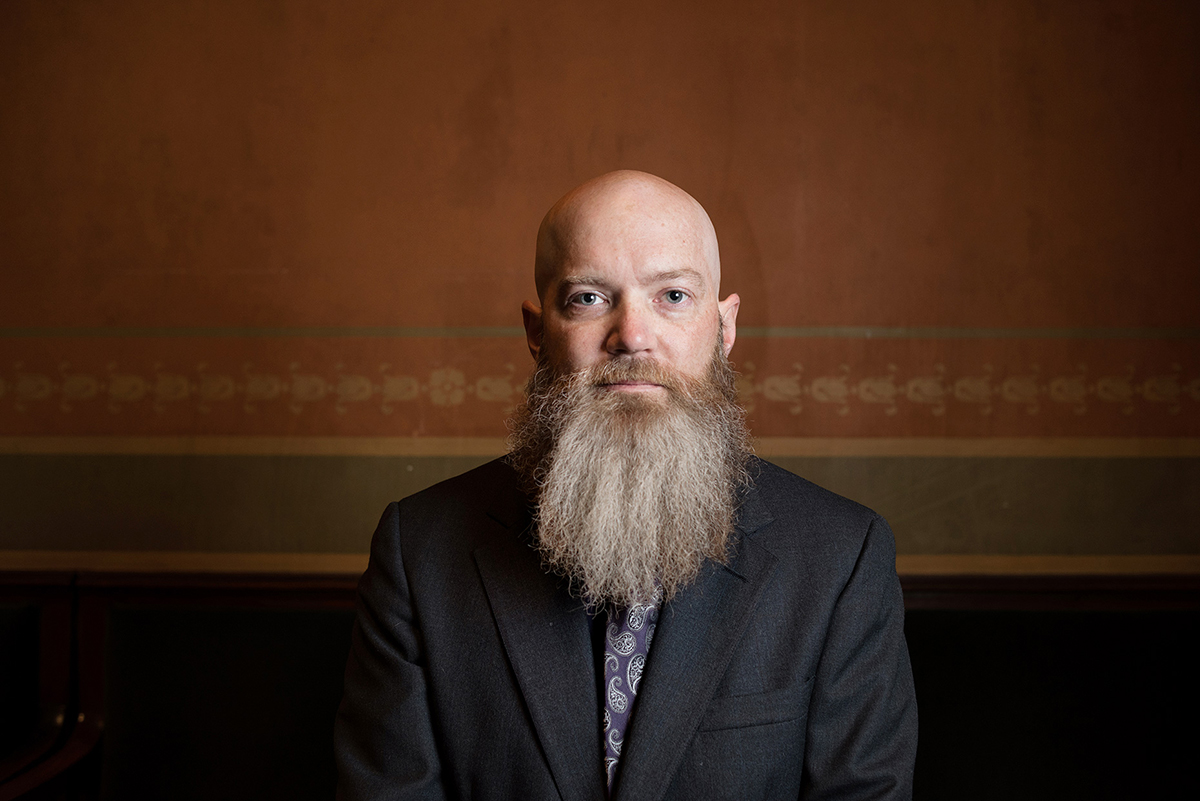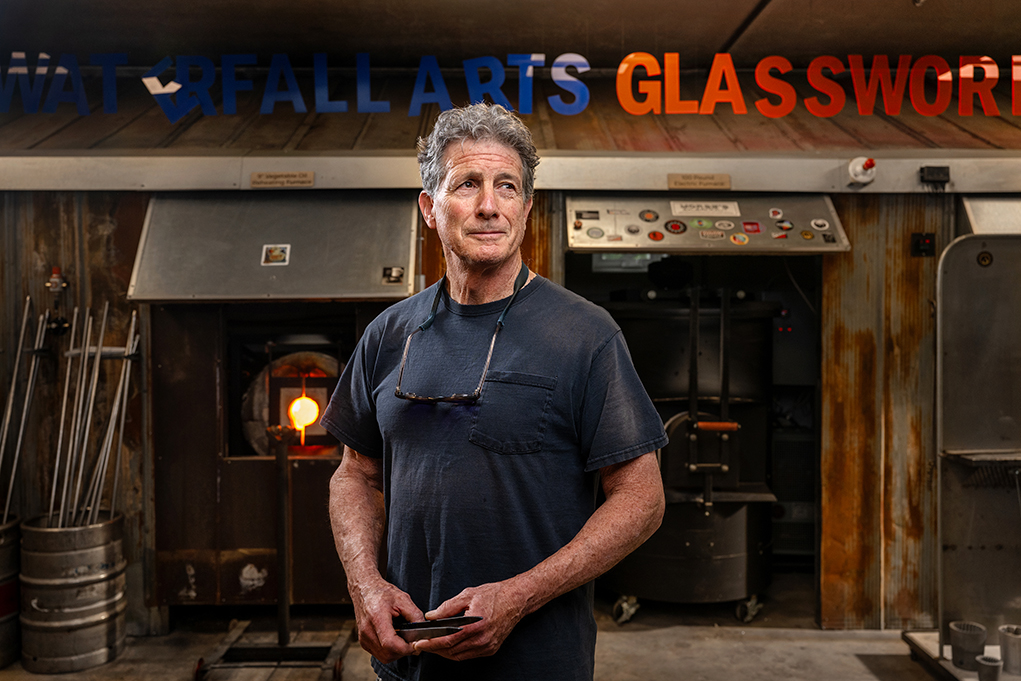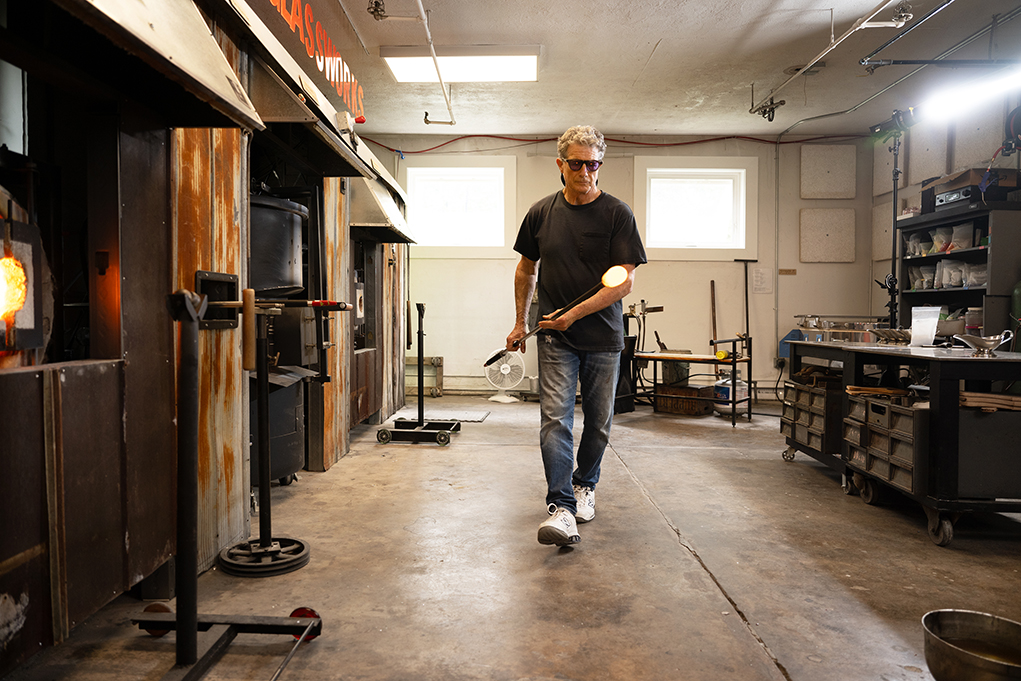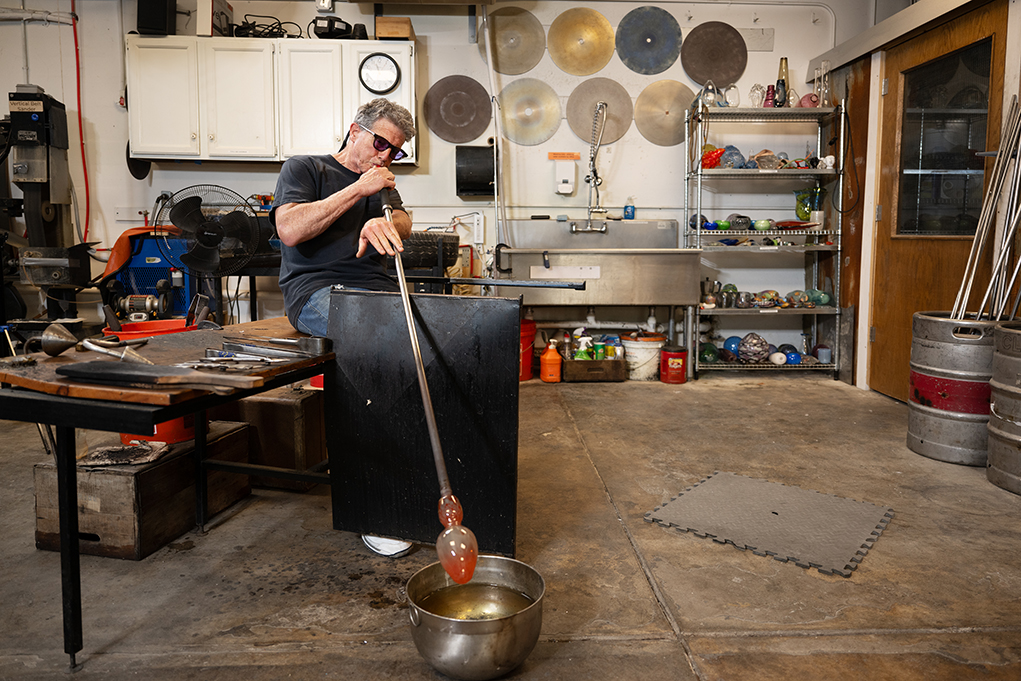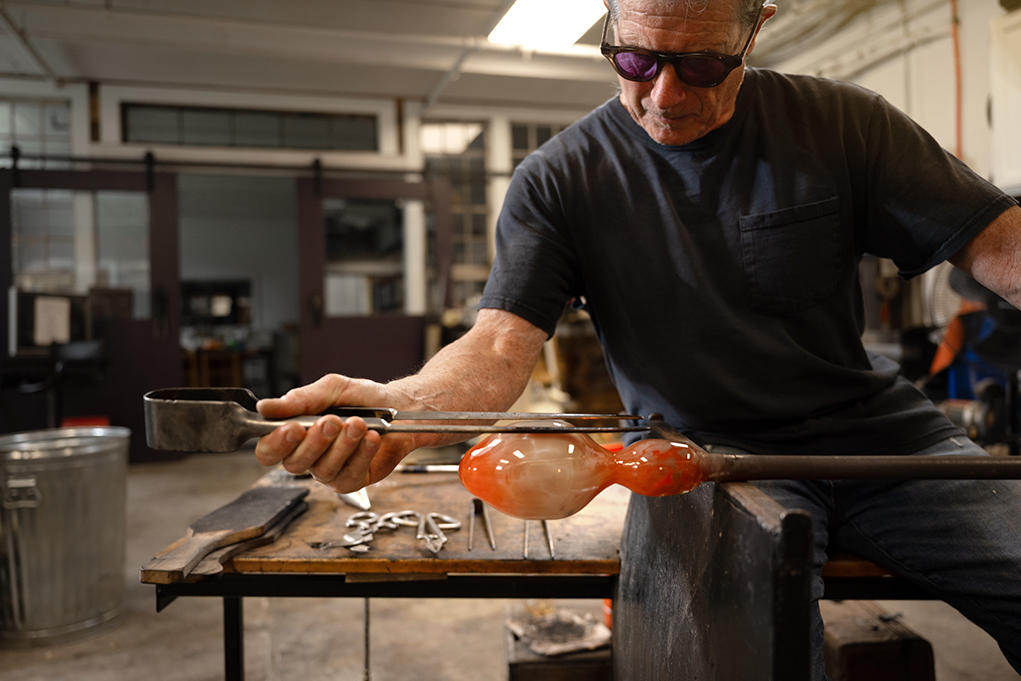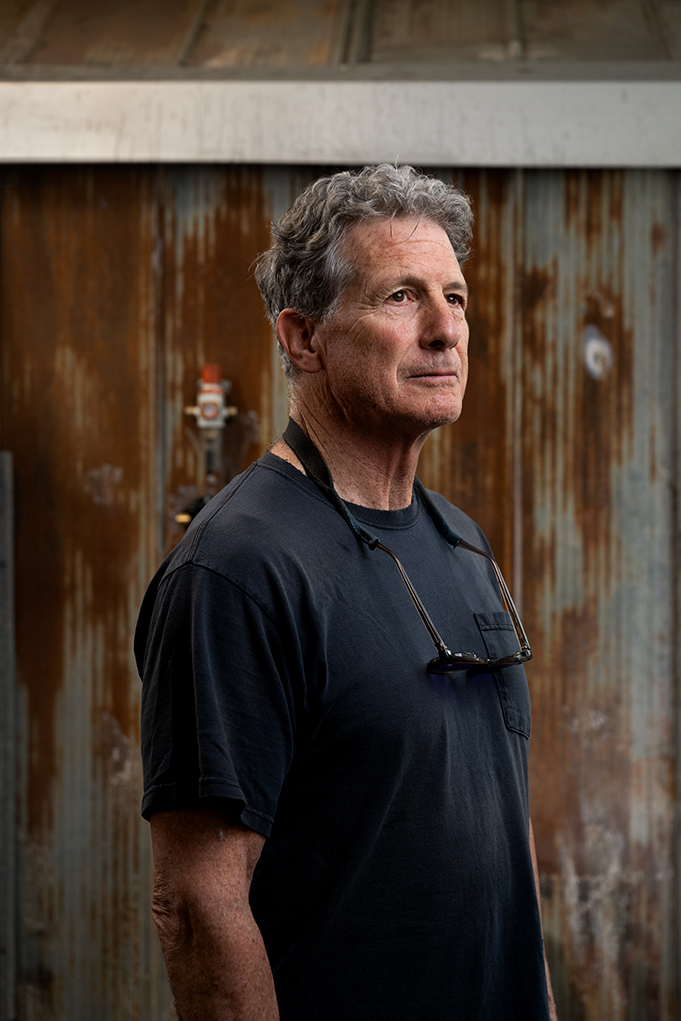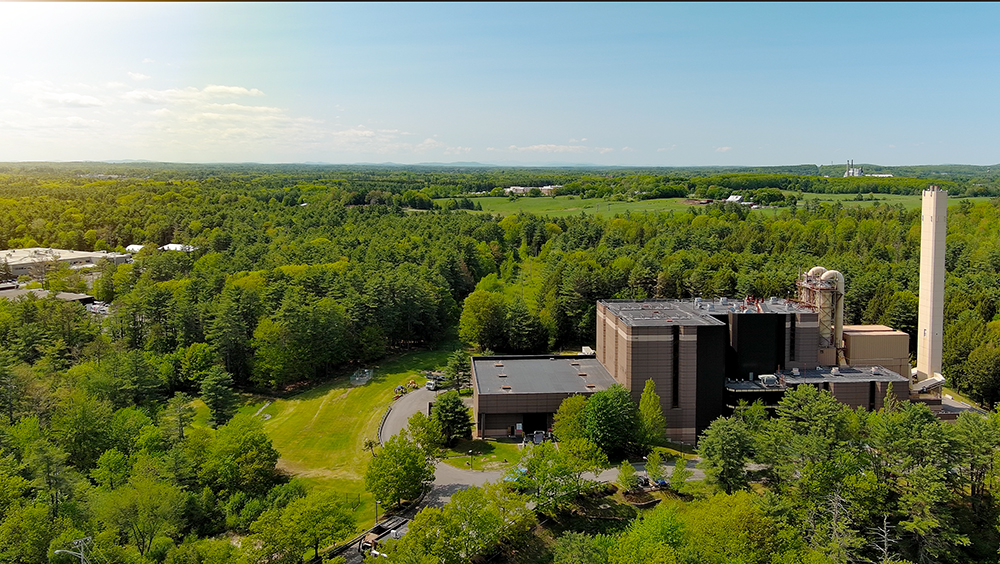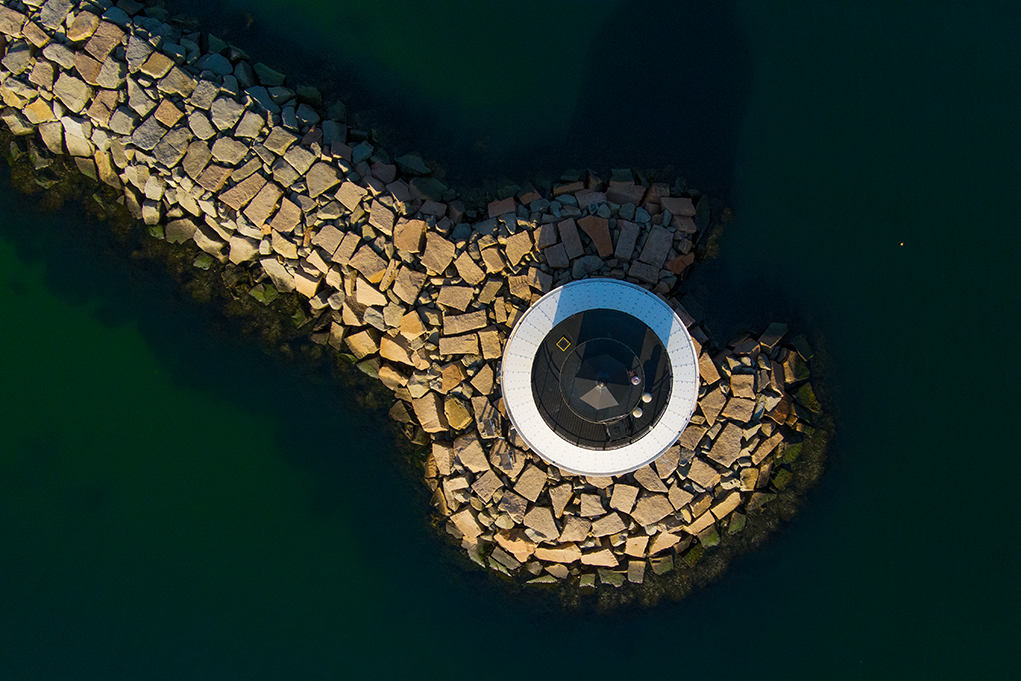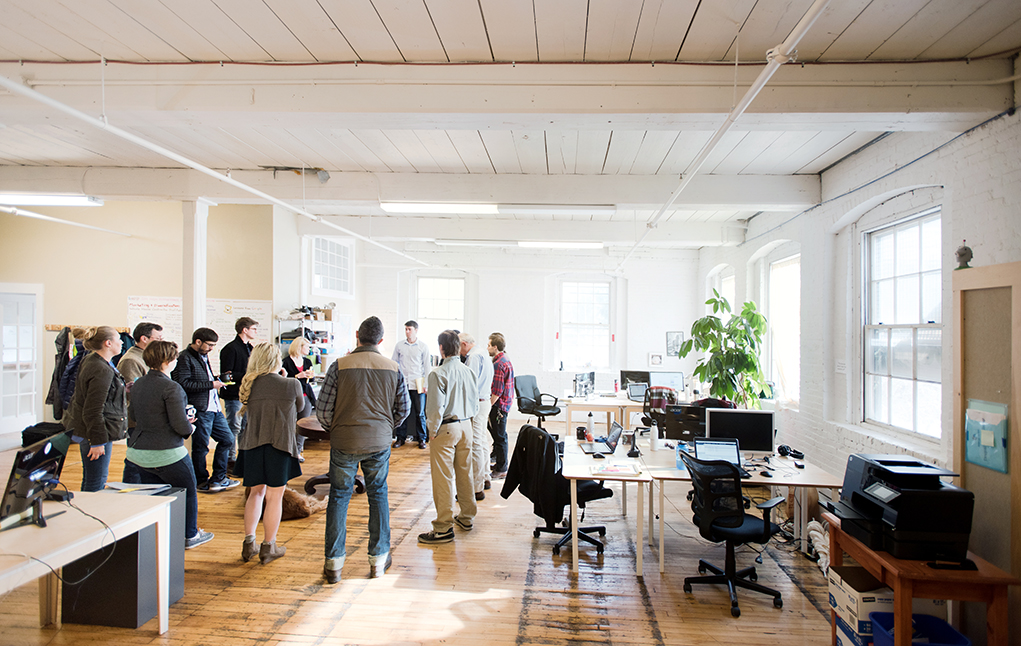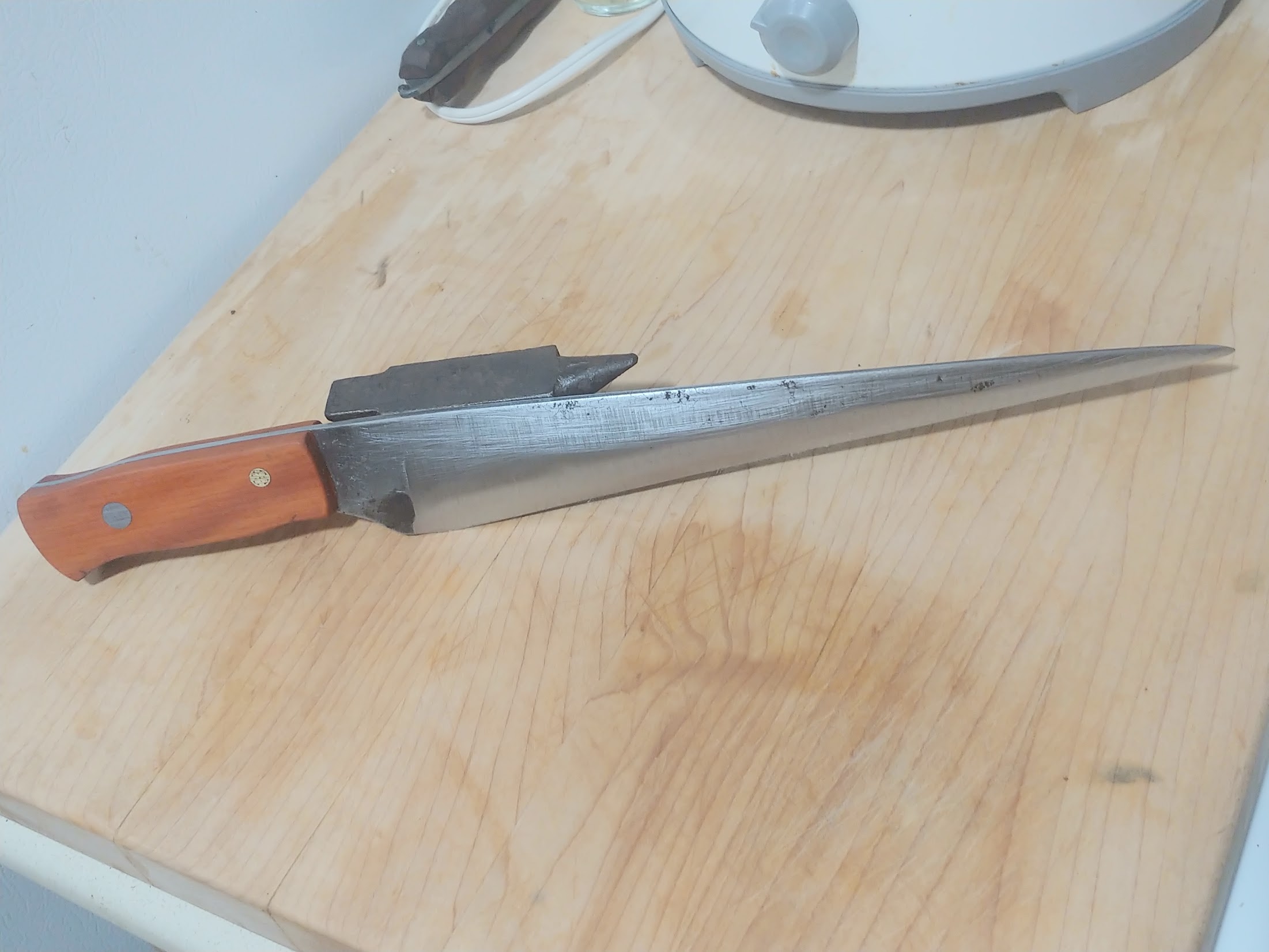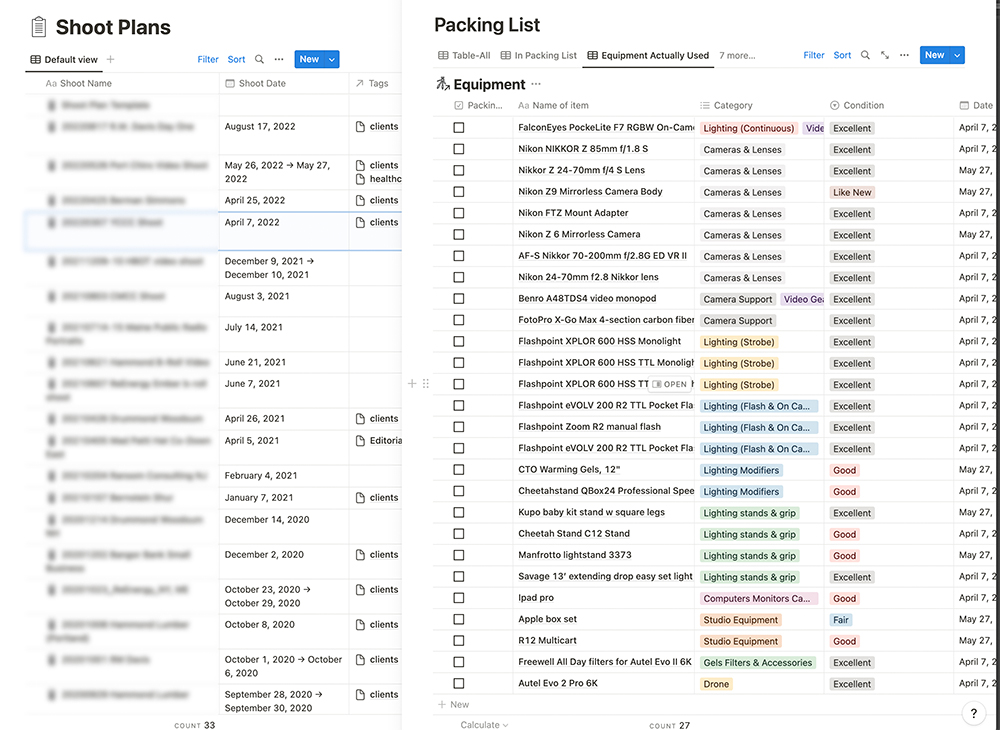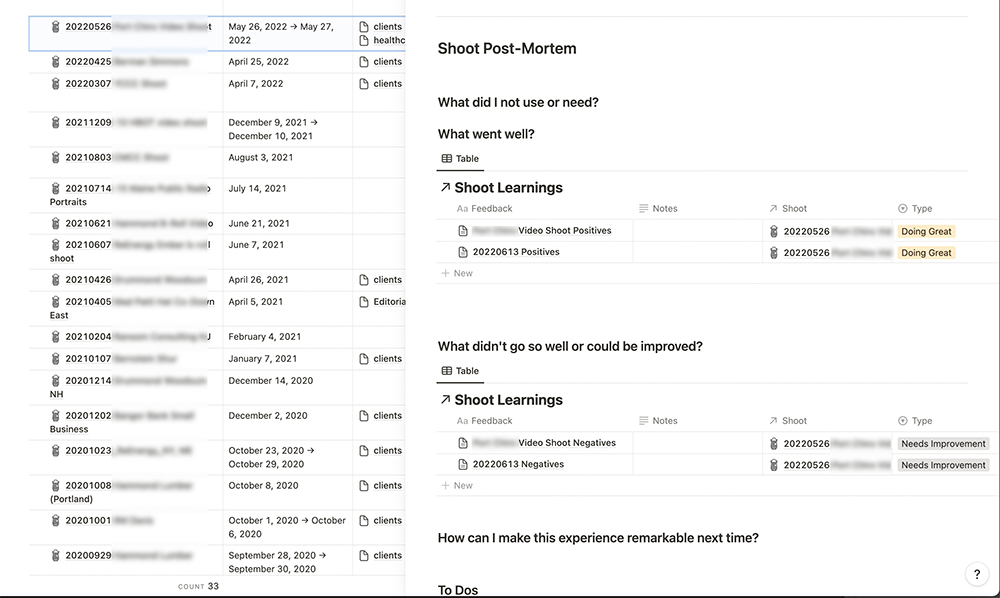
My default mode seems set to Acquire: Get more gear, more software, more skills, new stuff. But more isn’t better. It’s often a trap. Over time, the act of acquiring can become the goal itself.
That’s why the skill of subtraction is so important.
Subtractive lighting is critical in portrait photography. Blanket a subject with light, and then step by step, remove or block light to reveal shadow, shape and negative space. Stop when things get interesting. Light makes images possible, but shadow is what gives images definition, mood and impact.
The same concept applies elsewhere in life. Pruning makes plants stronger. Editing is critical for impactful writing. Decluttering homes make it easier to live in them. Cutting away the old and extraneous gives space for other things to grow.
Adding new things to life is fun and essential, but so is regular culling. I try to carve out time regularly, ideally at least twice a year, to evaluate and to subtract things that no longer work for me or are preventing progress on meaningful work. Embrace the process of subtraction by regularly and systematically clearing out the overgrowth in your life. You might be surprised by the things you learn and discover along the way.
–30–

